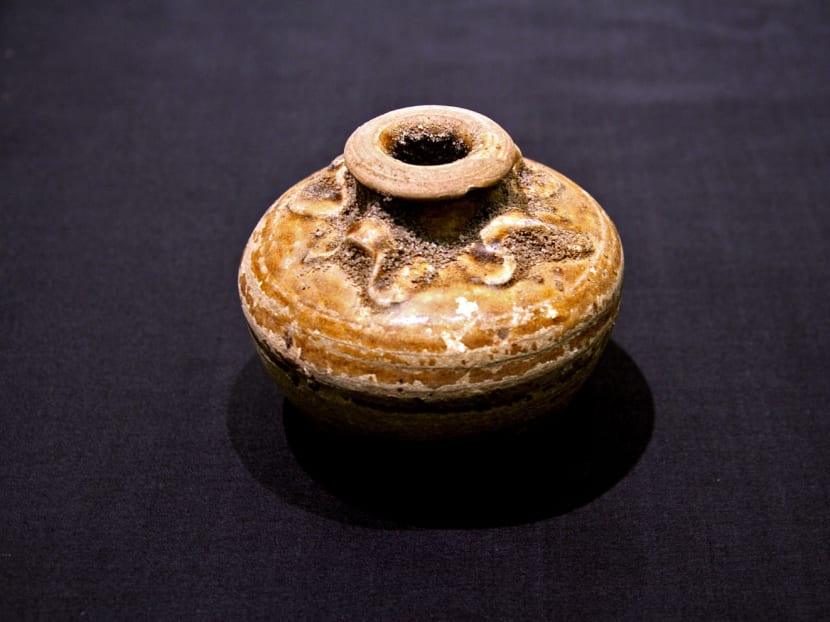Archaeology dig unearths treasure trove of local history
SINGAPORE — Singapore’s biggest archaeology dig has unearthed an estimated two tonnes of artefacts, the country’s largest haul ever, the National Heritage Board (NHB) said yesterday. The two-month project at Empress Place, in front of the Victoria Concert Hall, wrapped up last Sunday.
SINGAPORE — Singapore’s biggest archaeology dig has unearthed an estimated two tonnes of artefacts, the country’s largest haul ever, the National Heritage Board (NHB) said yesterday. The two-month project at Empress Place, in front of the Victoria Concert Hall, wrapped up last Sunday.
It’s an “excavation jackpot”, said Mr Alvin Tan, assistant chief executive officer for Policy and Development at the NHB, with some pieces dating back to the 13th century.
Mr Tan said some of the more significant artefacts uncovered will be put on display in museums once cataloguing and research work has been completed.
Lead archaeologist Lim Chen Sian added that the artefacts provide more insights into Singapore’s early beginnings, and may reveal further details about life in Singapore before the early colonial days.
“We are seeing lots of brand new things, which is helping us to rethink the chronology of ancient Singapore or Temasek,” said Mr Lim. Some of the artefacts, for example, date to around the mid-17th century and could plug some gaps in the understanding of our history before the arrival of Sir Stamford Raffles in 1819, he added.
Artefacts unveiled at a press conference yesterday included a piece of “imperial-grade quality” porcelain measuring 34cm in diameter and Buddhist figurines. Such discoveries, Mr Lim said, could also possibly shed more light on religious and cultural mindsets back then.
The findings from this project, he added, suggest that areas in the vicinity, including the City Hall area, might be of historical value, making them possible excavation sites in the future.
The excavation was a collaboration between NHB and the Nalanda-Sriwijaya Centre of the Institute of Southeast Asian Studies (ISEAS).
The site excavation — divided into 13 zones — started in February this year with the approval of the Urban Redevelopment Authority (URA). The project was led by a five-man archaeology team, assisted by an average of ten volunteers daily.
The first phase of the project, which ended on Feb 26, drew online comments from members of the heritage community who said that the deadline for excavations at six of the zones had been a “last minute notification” — something NHB and ISEAS clarified was a misunderstanding.
Time extensions, said the NHB’s Mr Tan, are usually granted based on the quantity and quality of the artefacts found at the site. “What would happen is that Chen Sian’s team would notify NHB and we will also work with URA and the contractors to see how we can allow more time,” he said.
Of the remaining seven zones, three were fully excavated, while the rest were monitored by the archaeology team, with some zones assessed to contain nothing of significance.







